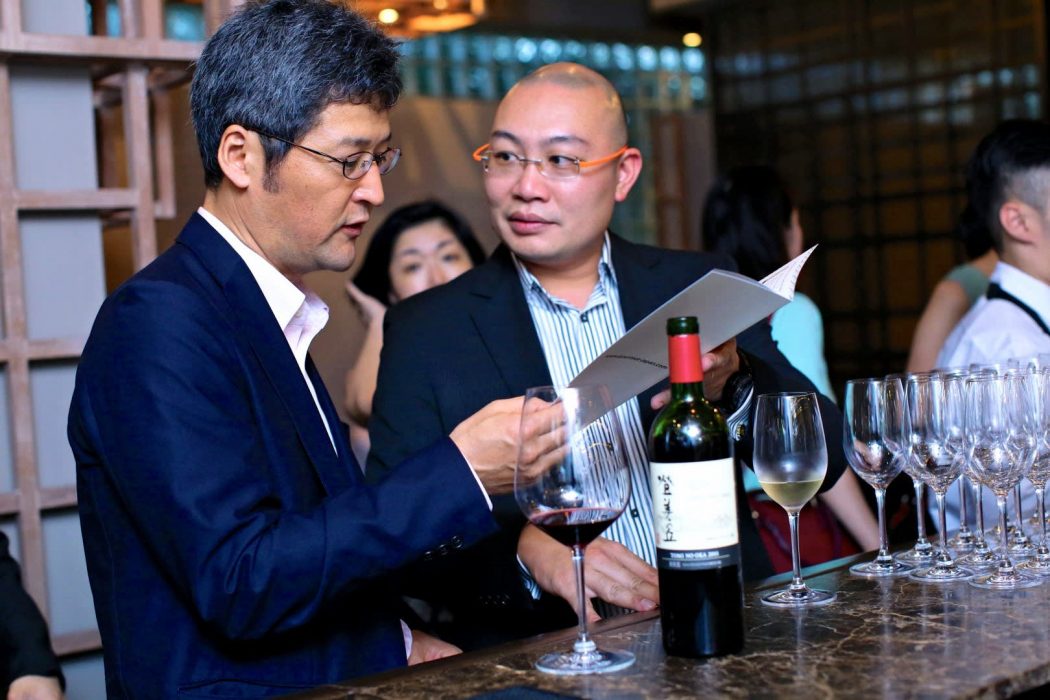In Western culture, social influencers have a lot of sway when it comes to the fashion and beauty sectors. In Asia, however, the span of their reach is much broader.
Across a variety of social media platforms, influencers can quickly promote a brand to thousands of followers via pictures, messages, or videos.
Currently, red wine is the wine of choice in Asian markets due to its perceived health benefits. Inversely, large volumes of white wines are harder to sell, even with influencers’ help. Unlike western markets, Chinese consumers, for instance, do not buy their wines with complementary foods in mind—the focus is on the branding and the way it exerts luxury. Sarah Heller, the founder of Heller Beverage Advisory and a Master of Wine, said that packaging and appearance is the key for wine producers to enter the Asian market. “In China, people want something that’s striking and classy. It is very important in the Chinese market that it is class, particularly above a certain price point.”
China is New Zealand’s biggest export market in Asia, with 2.5 million litres of wine imported in the year ended June 2018. Despite the different culinary cultures, the Asian market will be a hard one to crack for New Zealand wineries—especially ones looking at promoting white wines. In Asia, hot water is the most common drink of choice when eating a meal. Debra Meiburg, Hong Kong-based Master of Wine, said that it would take decades for Chinese consumers to convert red to white wine as there is a pass perception of sauvignon blanc and white varieties being budget drinks, and are commonly only sold by the glass in China.
Luxury is the way to crack the market—at least for sales by the bottle. If it’s not luxe and does not have ‘wow factor,’ selling large volumes in China is not possible, said Meiburg.






